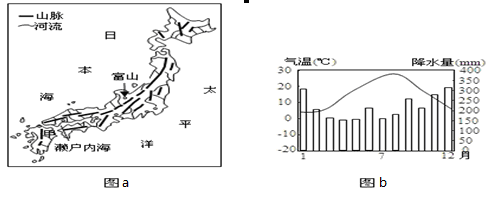关于中国古代社会几部法典的结构体例,下列哪一选项是错误的( )
A.《法经》中相当于近代刑法典总则部分的“具法”被置于六篇中的最后一篇
B.《魏律》对秦汉旧律有较大改革,如将“具律”改为“刑名”,并将其置于律首
C.《晋律》将刑名与法例律合为“名例律”一篇,并将法典篇章数定为二十篇
D.《永徽律疏》将疏议分附于律文之后颁行,分为十二篇三十卷
参考答案:C
解析:[考点] 中国古代主要法典的体例结构 [详解] 《法经》共六篇:一、《盗法》;二、《贼法》;三、《网法》;四、《捕法》;五、《杂法》;六、《具法》。其中第六篇《具法》类似于现代刑法总则的部分内容。故此A项正确。《魏律》即曹魏《新律》,其对旧律作出了重大改革,其中重要一项就是改“具律”为“刑名”,并冠于全律篇首,突出了“刑名”作为律典总则的地位和统括全律的作用,是封建法典篇章体例结构方面的重大突破。故此B项正确。《晋律》即《泰始律》,《晋律》在保留沿用曹魏《新律》之“刑名”第一的基础上,新增了“法例律”篇目,共同构成了法典总则性质。而将“刑名”、“法例律”合为一篇,首创“名例律”篇目的则是《北齐律》。由此可知C项是错误的。《永徽律疏》分为《永徽律》和“疏议”两部分。《永徽律》是以《贞观律》为蓝本删改的律典,共12篇30卷,而对律文进行的解释和阐述称为“疏议”。“疏议”附于律文之后,具有与律文同等的法律效力,并颁行于天下,称《永徽律疏》。因此D项正确。

